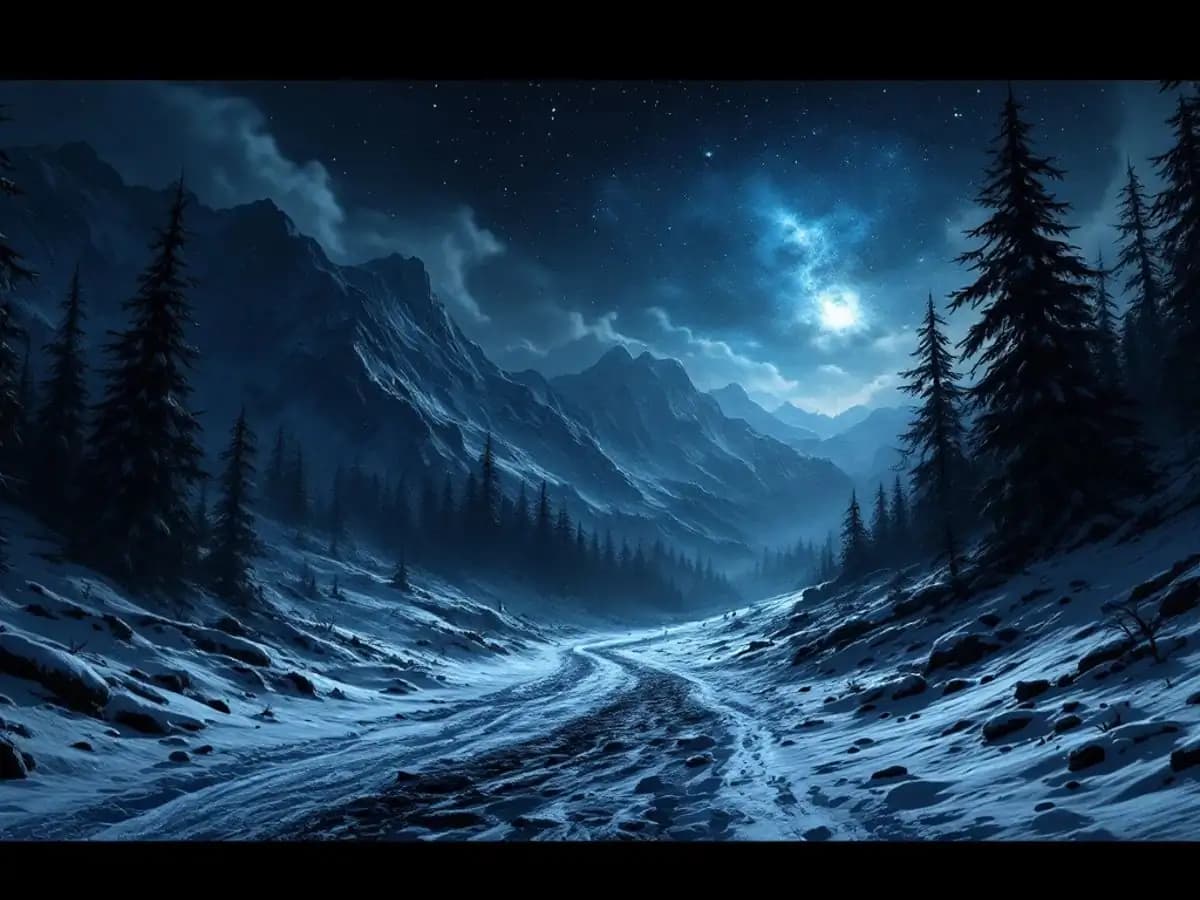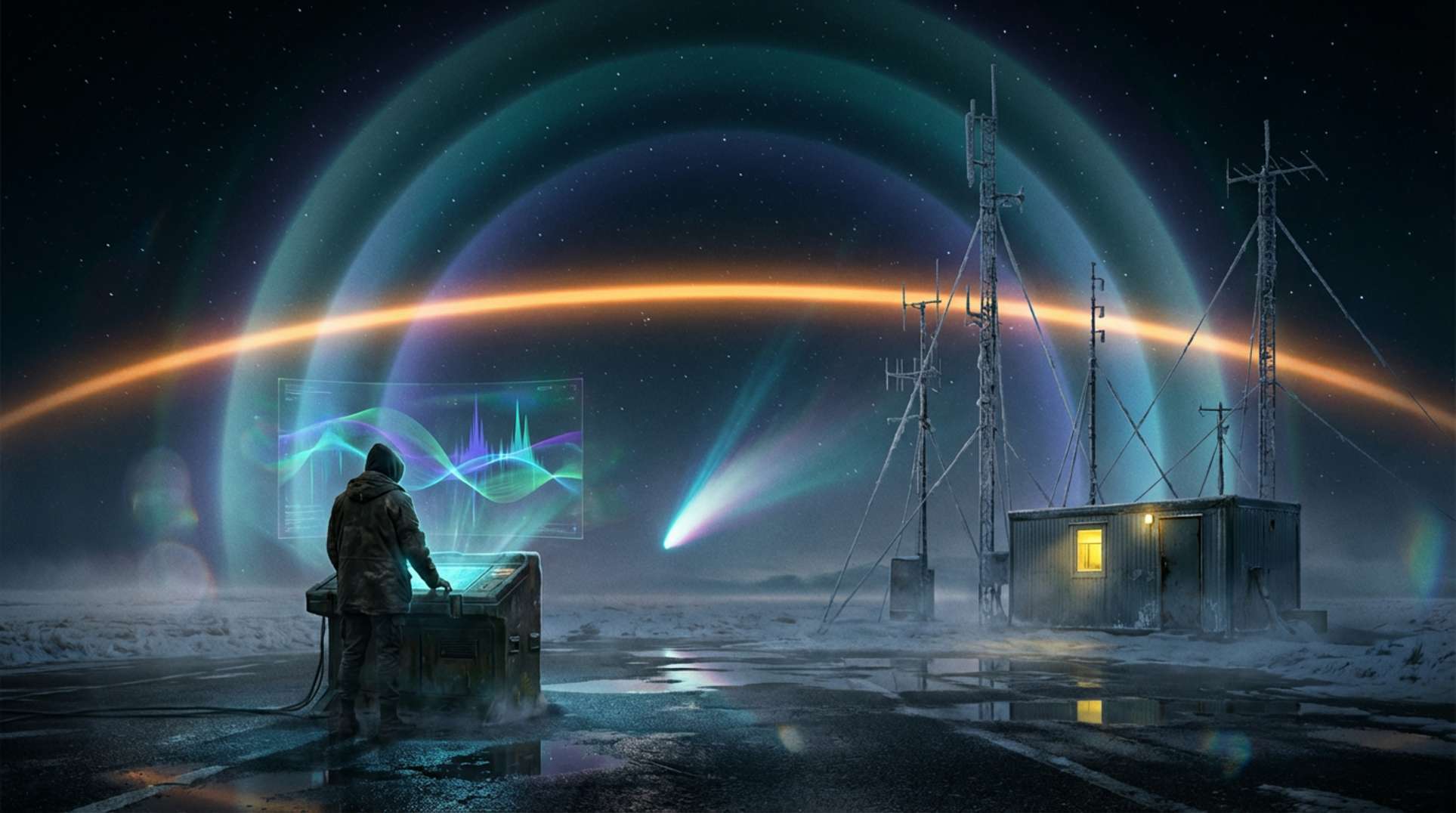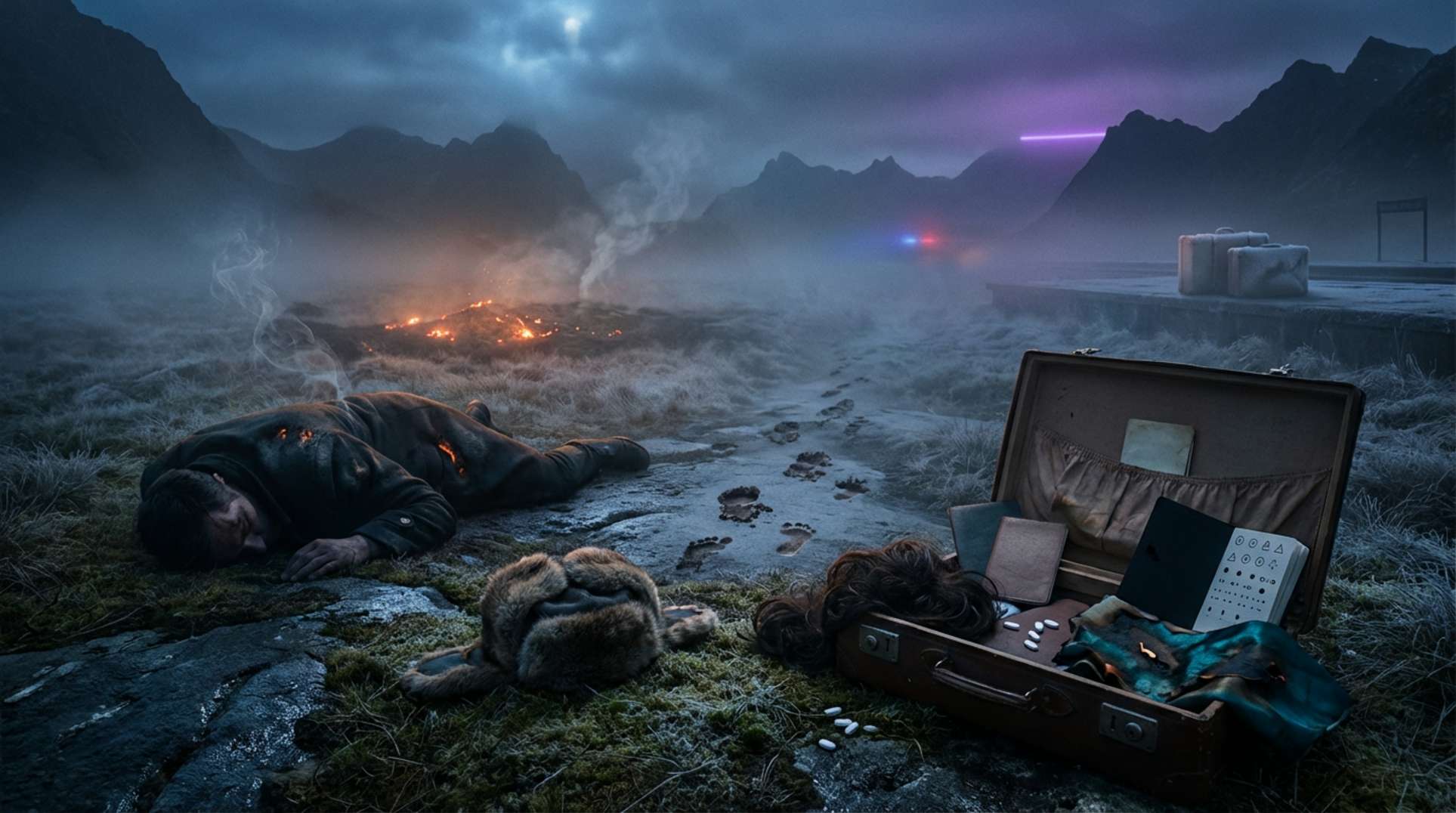In 1959, nine Soviet university students embarked on a hiking expedition in the treacherous terrain of Siberia. Their journey ended in tragedy, sparking decades of speculation and investigation into the mysterious circumstances surrounding their deaths. Recent findings challenge the long-held belief that an avalanche was to blame, leading to new theories about what truly happened that fateful night.
Key Takeaways
- New evidence suggests no avalanche occurred during the Dyatlov Pass incident.
- The hikers faced extreme weather conditions and navigated treacherous terrain.
- Various theories, including military involvement and paranormal activity, have emerged over the years.
- Recent investigations have focused on the possibility of a slab avalanche or a failed missile test.
The Dyatlov Pass incident is one of the most perplexing events in modern history. Led by Igor Dyatlov, a group of ten experienced hikers set out on a skiing expedition through the northern Ural Mountains of the Soviet Union. Their goal was to achieve grade three accreditation, the highest level for Soviet hikers, which required a 300-kilometer trek across challenging terrain.
On January 25, 1959, the group departed from Sverdlosk, fully equipped for their adventure. However, shortly after starting, one member, Yuri Udin, fell ill and had to return home. This decision ultimately saved his life, as the remaining nine continued their journey into the harsh wilderness.
By January 31, they reached a valley leading to Dyatlov Pass, where they prepared for their ascent. A severe snowstorm diverted them from their planned route, forcing them to camp on the exposed slopes of Holat Syakhl, also known as Dead Mountain. As night fell, they sought shelter in their tent, enduring temperatures that plummeted below -40 degrees Fahrenheit.
What transpired next remains shrouded in mystery. When the group failed to check in, search teams were dispatched. On February 26, rescuers discovered their abandoned tent, partially collapsed and covered in snow. The scene was baffling: the tent had been cut from the inside, and all belongings, including shoes, were missing, suggesting a hasty escape.
As searchers followed the hikers’ tracks, they found bodies scattered across the mountain slopes. Some were discovered in positions indicating they were trying to return to the tent. Over two months later, more bodies were found buried under several meters of snow in a ravine.
The investigation into the Dyatlov Pass tragedy has led to numerous theories, ranging from natural causes like an avalanche to more sinister explanations, including military involvement or even paranormal activity. Despite extensive efforts, the exact circumstances of the disaster remain unknown, making it one of the most enduring mysteries of the 20th century.
In recent years, renewed interest in the case has led to new investigations. In 2019, Russian authorities reopened the case, focusing on explanations involving avalanches and hurricanes. However, they found no evidence of criminal activity, and the new investigation was inconclusive.
Some experts remain skeptical of the avalanche theory, pointing out inconsistencies such as the absence of typical avalanche signs and the unusual injuries sustained by the victims. Recent theories have suggested that the hikers may have been caught in a failed Soviet ballistic missile test, which produced a toxic cloud that caused confusion and fear, driving them to flee their tent into the freezing cold.
Despite the various theories, no single explanation accounts for all the strange details of the Dyatlov Pass incident. The mysterious deaths of these nine hikers continue to puzzle researchers, leading to ongoing investigations.
In July 2020, Andre Kurokov, Deputy Chief of the Prosecutor General’s office, stated that an avalanche was responsible for the hikers’ deaths. Independent studies and computer simulations supported this idea, suggesting that the group’s unusual behavior was a response to the threat of an avalanche. However, the absence of typical avalanche signs challenges this theory.
The investigation has also explored the possibility of catabatic winds, which can be deadly in mountainous regions. These winds may have caused the hikers to struggle to stay inside their tent, leading to their tragic fate.
The Dyatlov Pass incident remains a captivating mystery, with new evidence and theories continuing to emerge. While the avalanche theory is the most widely accepted explanation, the exact circumstances of the tragedy remain unclear. Ongoing investigations aim to bring closure to the families and honor the brave adventurers who lost their lives that night.





